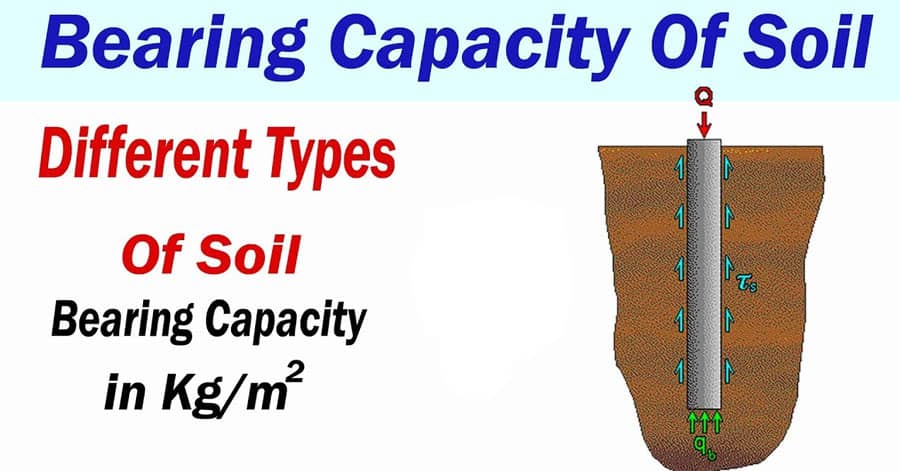Understanding Safe Bearing Capacity of Soil and Its Various Types

Safe bearing capacity (SBC) of soil is a crucial factor in civil engineering and construction projects. It determines the maximum pressure that the ground can support without undergoing excessive settlement or shear failure. Knowing the safe bearing capacity is essential for designing foundations, whether it's for a small residential building or a massive infrastructure project.
What is Safe Bearing Capacity?
Safe bearing capacity refers to the maximum pressure that a soil can withstand without undergoing shear failure. It's a critical parameter for engineers and architects as it helps determine the type and size of the foundation required for a structure.
Importance of Safe Bearing Capacity
Understanding the safe bearing capacity of soil is vital for ensuring the stability and longevity of structures. Building on soil with insufficient bearing capacity can lead to settlement issues, structural failures, and even collapse. By accurately assessing the safe bearing capacity, engineers can design foundations that distribute the weight of the structure evenly and prevent any potential failures.
Factors Affecting Safe Bearing Capacity
Several factors influence the safe bearing capacity of soil, including:
- Soil Type: Different types of soil have varying bearing capacities. For instance, cohesive soils like clay generally have lower bearing capacities compared to granular soils like sand and gravel.
- Soil Compaction: The degree of soil compaction affects its bearing capacity. Well-compacted soil can withstand higher loads than loose or poorly compacted soil.
- Moisture Content: The moisture content of the soil plays a significant role in its bearing capacity. Saturated soils typically have lower bearing capacities due to reduced cohesion and increased pore pressure.
- Depth: The depth of the soil layer also influences its bearing capacity. Deeper layers often have higher bearing capacities than shallow soils.
Types of Safe Bearing Capacity
- Ultimate Bearing Capacity: Ultimate bearing capacity (q_u) refers to the maximum pressure a soil can support without undergoing shear failure. It is determined through laboratory testing or empirical formulas and is crucial for designing deep foundations.
- Allowable Bearing Capacity: Allowable bearing capacity (q_a) is the maximum pressure that can be applied to the soil without causing excessive settlement. It's calculated by dividing the ultimate bearing capacity by a factor of safety, typically ranging from 2 to 3.
- Net Safe Bearing Capacity: Net safe bearing capacity (q_net) accounts for the weight of the structure and any additional loads it may experience during its lifespan. It is calculated by subtracting the applied loads from the allowable bearing capacity.
For more information, please watch the following video tutorial
Source: CivilEngineers
Conclusion
In conclusion, understanding the safe bearing capacity of soil is paramount for the success of any construction project. By considering factors such as soil type, compaction, moisture content, and depth, engineers can accurately assess the soil's capacity to support structures. Utilizing appropriate foundation designs based on the calculated bearing capacities ensures the safety and stability of buildings and infrastructure.
